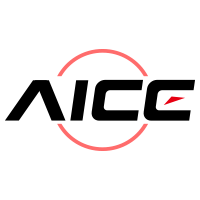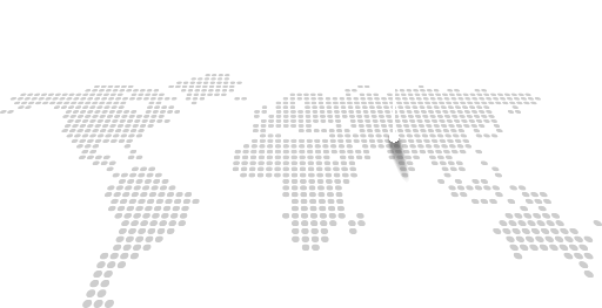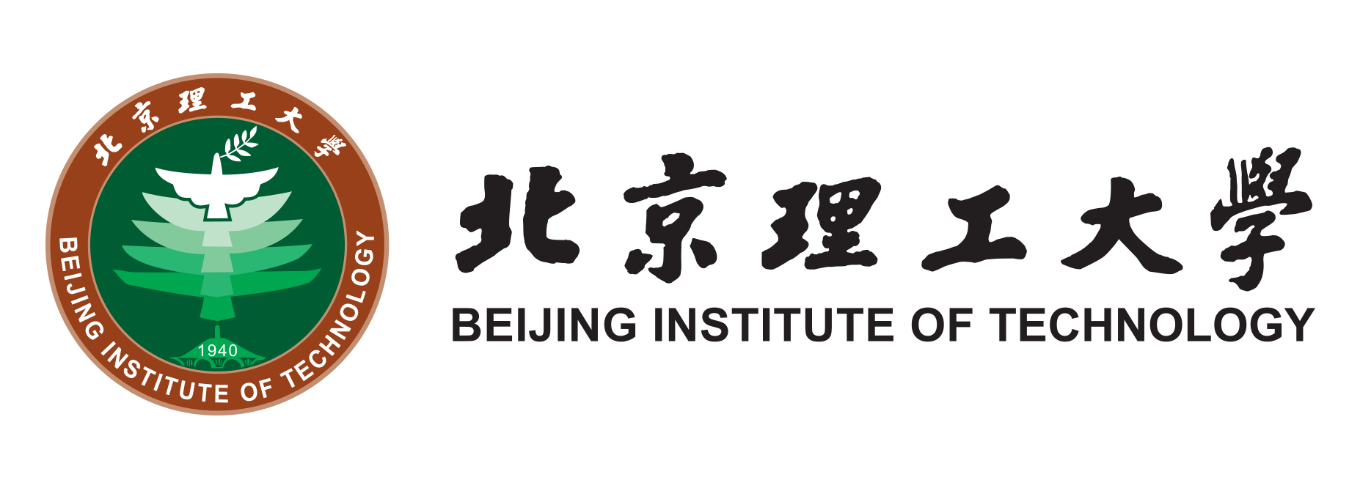Artificial Intelligence
AI Algorithms
Natural Language Processing
Fuzzy Logic
Computer Vision and Image Understanding
Signal and Image Processing
Speech and Natural Language Processing
Computational Theories of Learning
Information Retrieval and Fusion
Hybrid Intelligent Systems
Intelligent System Architectures
Knowledge Representation
Knowledge-based Systems









